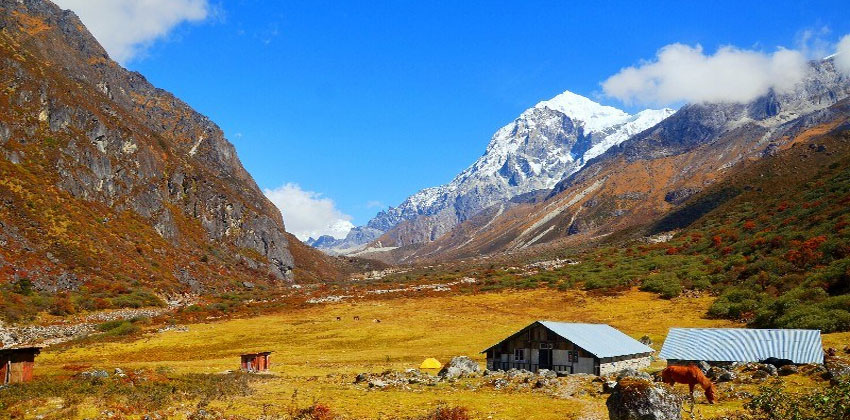Khangchendzonga Biosphere Reserve gets UNESCO recognition

Photo Courtesy: Voice of Sikkim
The Khangchendzonga Biosphere Reserve (KBR) in Sikkim, surrounding the world’s third highest peak Mount Khanchendzonga, has been added to UNESCO’s World Network of Biosphere Reserves, making it the 11th biosphere in India to be included in the network.
It is to be considered an opportunity for joint collaboration and conservation of biodiversity with neighbouring countries like Nepal, and Bhutan.
The Khangchendzonga National Park (KNP) in Sikkim is popular among trekking and hiking enthusiasts, is also the starting point for several stunning trails, taking explorers up and through a dizzying variety of forests and terrains to sites offering breath-taking views of Mount Khangchendzonga, the world’s third highest peak.
KNP becomes special as it represents a protected core area entrenched within the massive Khangchendzonga Biosphere Reserve (KBR), in the eastern Himalayas. The park not only offers a glimpse of the astonishing biodiversity, from rare orchids to the endangered red panda, it also showcases how nature and human beings thrive side by side in harmony.
This harmonization of religion, culture and environment protection, is a testament to the admiration of the indigenous communities, for their “guardian deity” Mount Khangchendzonga.
“The new designation broadens the possibility of engaging and co-operating with biosphere reserves in the Man and Biosphere Programme (MAB) internationally in order to look at conservation and development in a holistic manner,” said Tashi Wangdi, Director and member secretary, Indian National MAB Committee of the Ministry of Environment, Forest and Climate Change.
“In the biosphere reserve, we have core, buffer and transition zones. The KNP is the core area in the KBR. It is a legal identity and under the Wildlife Protection Act. But the buffer and transition zones go hundreds of kilo meters beyond the core area and that is where the challenge lies,” said Wangdi.
Comprising of 669 biosphere reserves in 120 countries, including 20 trans-boundary sites, the World Network of Biosphere Reserves (WNBR) of the Man and Biosphere Programme (MAB) consists of a dynamic and interactive network of sites of excellence. It works to foster the harmonious integration of people and nature for sustainable development through participatory dialogue, poverty reduction, human well-being, respect for cultural values and by improving society’s ability to cope with climate change.



